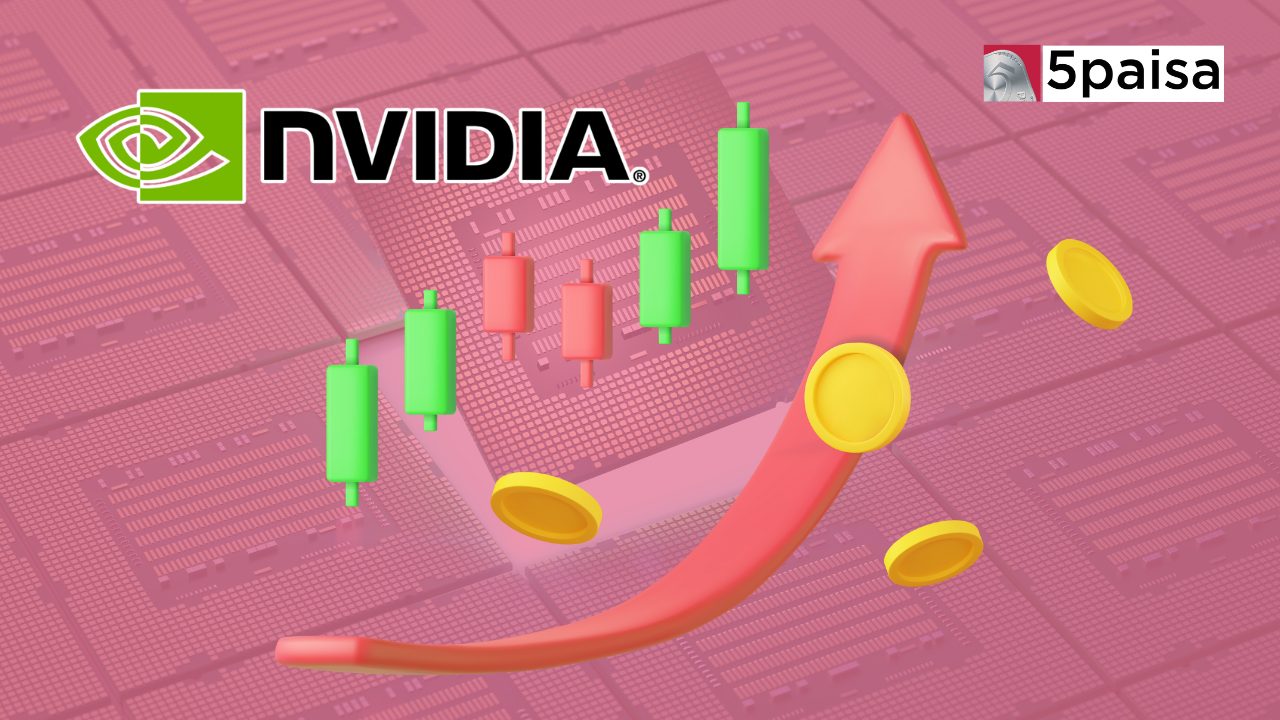How to Invest in the US Stock Market from India?

We believe that the economy is global and connected. As such, it is important that your investment portfolio be global as well. We created this guide especially for you, the Indian investor, to help you better navigate the international investing landscape. After reading this, you will understand:
- Why it may be a good idea to invest and diversify in the US market
- The different ways you can invest in the US
- Popular terms used when discussing the US market
Why should you invest in the US Market?
Superior returns compared to India
The US market consistently outperforms the Indian market over the last 10 years. In Figure 1, we compare returns of the DOW Jones Index in the US to the BSE Sensex. During this time period, the DOW returned 196%, while the SENSEX returned 150%.

Figure 1: Returns comparison between the Dow Jones index vs. the Sensex.
In addition to equity returns, the savvy investor should also think about the effect of currency fluctuations between INR and USD. In the past 10 years, the Rupee has depreciated 44% compared to the USD. This has a significant negative impact towards returns of Indian stocks widening the performance gap.

Figure 2: INR to USD exchange rate from the last decade – INR has depreciated by more than 44% in the past decade.
Exposure to other markets
Investing in the US can be an easy way to invest in other international markets. For example, you can easily invest in the Chinese economy through investing in the US market. The fast growing Chinese economy – driven by a growing middle class and rapid technology adoption – has led to the creation of some of the world’s leading technology companies. However, instead of going public in China, more and more of these Chinese technology companies are choosing to list in the US.

Figure 3: IPOs of Chinese companies in the US.
For Indian investors, another benefit of investing through the US stock market is that the ecosystem is very well regulated, with strict controls on financial reporting, transparency, and standardized governance practices, making it easier for the investors to evaluate the different opportunities. To learn more about this, you can read more here.
You can Invest in MNCs directly rather than the local Indian subsidiary.
Many investors living in India invest in international MNCs because they assume there is a higher level of governance, technological proficiency and transparency in MNCs. However, investing in Indian subsidiaries is often a more expensive proposition. We studied 16 MNCs that are traded in reputable US exchanges and that have Indian subsidiaries that are also publicly traded in India.
On average, investors from India are paying ~3X higher multiples (P/E trailing twelve months) when investing in the Indian subsidiaries vs. investing directly in the parent company in the US. And despite paying significantly higher multiples, the average returns can be similar. The average 2019 returns of the US parent companies was ~14% (blue line in Figure 4), while the average returns of the Indian subsidiaries was ~17% (orange line in Figure 4).

Figure 4: Average 1 year return of US parent companies (blue) vs. Indian subsidiaries (orange). The grey lines represent the returns of the individual entities over the past year.
Given these reasons, savvy investors from India may want to consider investing in the US. Your next question might be – how can one invest in the US from India?
Things to consider when investing
What are the different ways I can invest in the US stock market?
- You can invest directly by opening a US brokerage account. 5paisa along with Vested offers a unique platform that caters specifically to investors from India, with no minimum balance and commission-free investing. Furthermore, just as 5paisa, Vested’s process is completely paperless and can be completed in minutes. You will need your PAN number, an image of your PAN card, and proof of address. To open an account with us, sign up here.The brokerage approach typically involves overall lower costs for the investor, but requires you to wire funds to the US. As an Indian resident, you are allowed to do this per the Liberalized Remittance Scheme (LRS), where you are allowed to invest up to US $250,000 per year per person.
- Invest in US focused International Mutual Funds in India. Unlike the brokerage method, there is no investment limit for residents of India, as investments are made within India using Rupees. However, this approach can be more costly. You must keep in mind that the expense ratio (fees charged to manage the fund) for these funds tend to be higher since the fee is for both the general management of the fund plus an additional expense charged by underlying international schemes they invest in. For example, the Franklin Templeton feeder fund in India invests in the Franklin Templeton US Opportunity fund. The Feeder fund charges 1.54% expense fee, which is on top of the 1.82% fee charged by the underlying US Opportunity fund (see the fine print at the bottom of fund prospective here).
How will I be taxed for these investments?
When you invest in the US stock market, there are two types of taxation events:
- Taxes on investment gains: You will be taxed in India for this gain. Taxes will not be withheld in the US. The amount of taxes you have to pay in India depends on how long you hold the investment. The threshold for long-term capital gain is 24 months, with the rate of 20% with indexation benefit. If you sell a stock in less than 24 months, capital gains are considered short-term and are taxed according to your income tax slab.
- Taxes on dividends: Unlike investment gains, dividends will be taxed in the US at a flat rate of 25%. Fortunately, the US and India have a Double Taxation Avoidance Agreement (DTAA), which allows taxpayers to offset income tax already paid in the US. The 25% tax you already paid in the US is made available as Foreign Tax Credit and can be used to offset your income tax payable in India. For more info on how taxes would work, please read here.
How do I fund my account?
Since investments in US equities must be made in USD, you must wire (remit) USD to your brokerage in the US before you can start investing. Along with Vested, we the 5paisa team has simplified this process for you.
What are the brokerage charges?
Different entities charge different rates and have different structures. For example, brokers might charge a fixed fee per trade or charge a percentage of total trade or total asset. In contrast, Vested, just as 5paisa, will offer zero commission, unlimited investing. Since the investing process requires international transfers from Rupee to USD, in addition to any potential brokerage fees, there might be other fees that investors incur in order to invest in the US. These fees could be international wire fees or FX conversion fees that the investor’s bank charges, which may vary depending on the bank that the investor uses.
How much can I invest?
In accordance with the LRS, an individual can remit a maximum of US $250,000 USD per year for investments.
Popular US Investment Glossary
Investment Indices: Instead of investing in individual stocks, when investing in the US, investors can easily invest in a broad diversified basket of stocks through indices. Several popular US indices are:
- S&P 500: tracks the performance of the 500 largest US companies by market capitalization. In the year 2019, the S&P 500 surged more than 28%, which is the highest increase since 2013.
- Dow Jones Industrial Average: tracks the performance of 30 large US companies trading on the New York Stock Exchange (NYSE) and the NASDAQ. In 2019, the Dow Jones gained 22% for the year.
- Nasdaq Composite Index: tracks over 2,500 securities listed on the NASDAQ. In 2019, the Nasdaq Composite Index broke through the 9,000 level for the first time ever.

Figure 5: Annual return of the three major indices in 2019
Sectors: The US is the world’s largest economy and is home to the world’s largest stock market. Its economy can be classified into 11 major investment sectors, which encompasses communication services, energy, real estate and utilities. In 2019, all 11 sectors posted positive returns.

Figure 6: 2019 S&P 500 sector performance
If this blog motivates you to invest in the US market, click here to start your journey.
The content is originally posted at vested.co.in.
 Tanushree Jaiswal
Tanushree Jaiswal Ruchit Jain
Ruchit Jain



